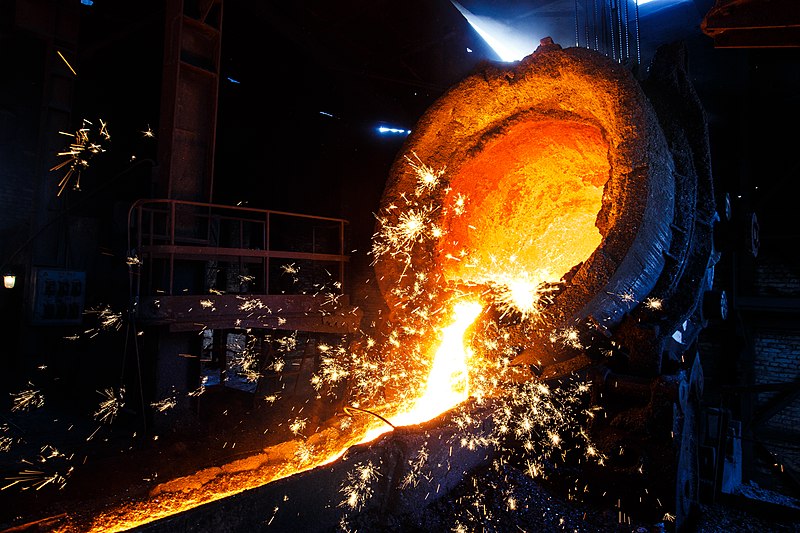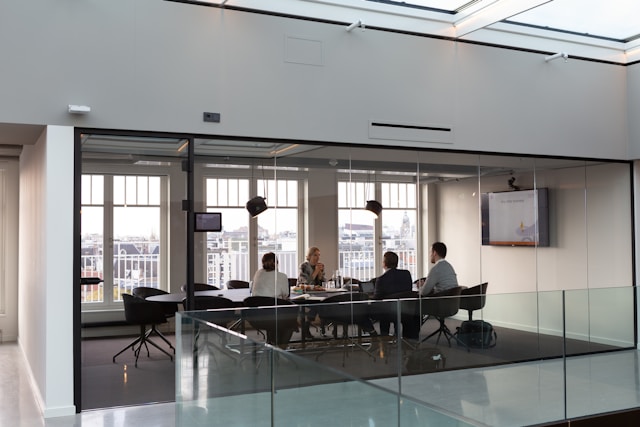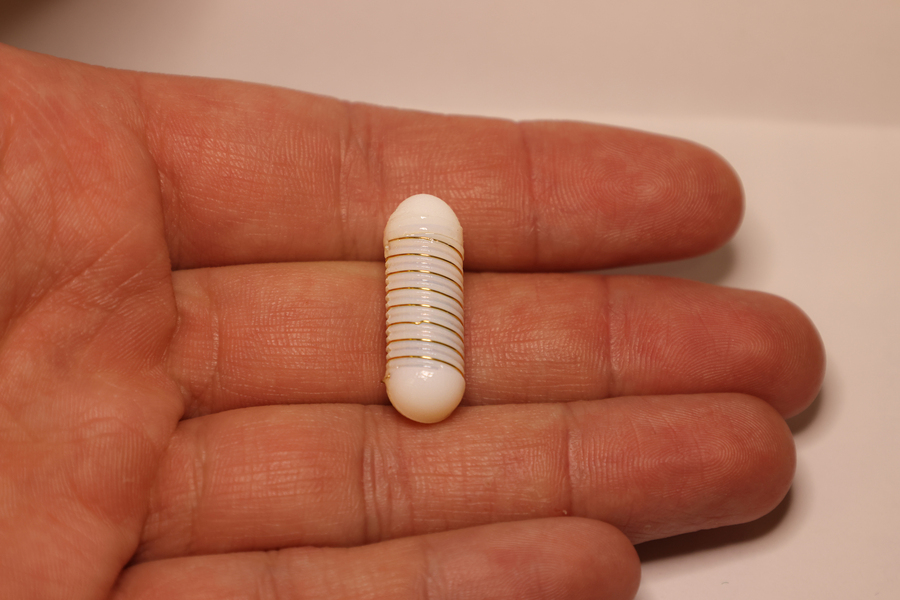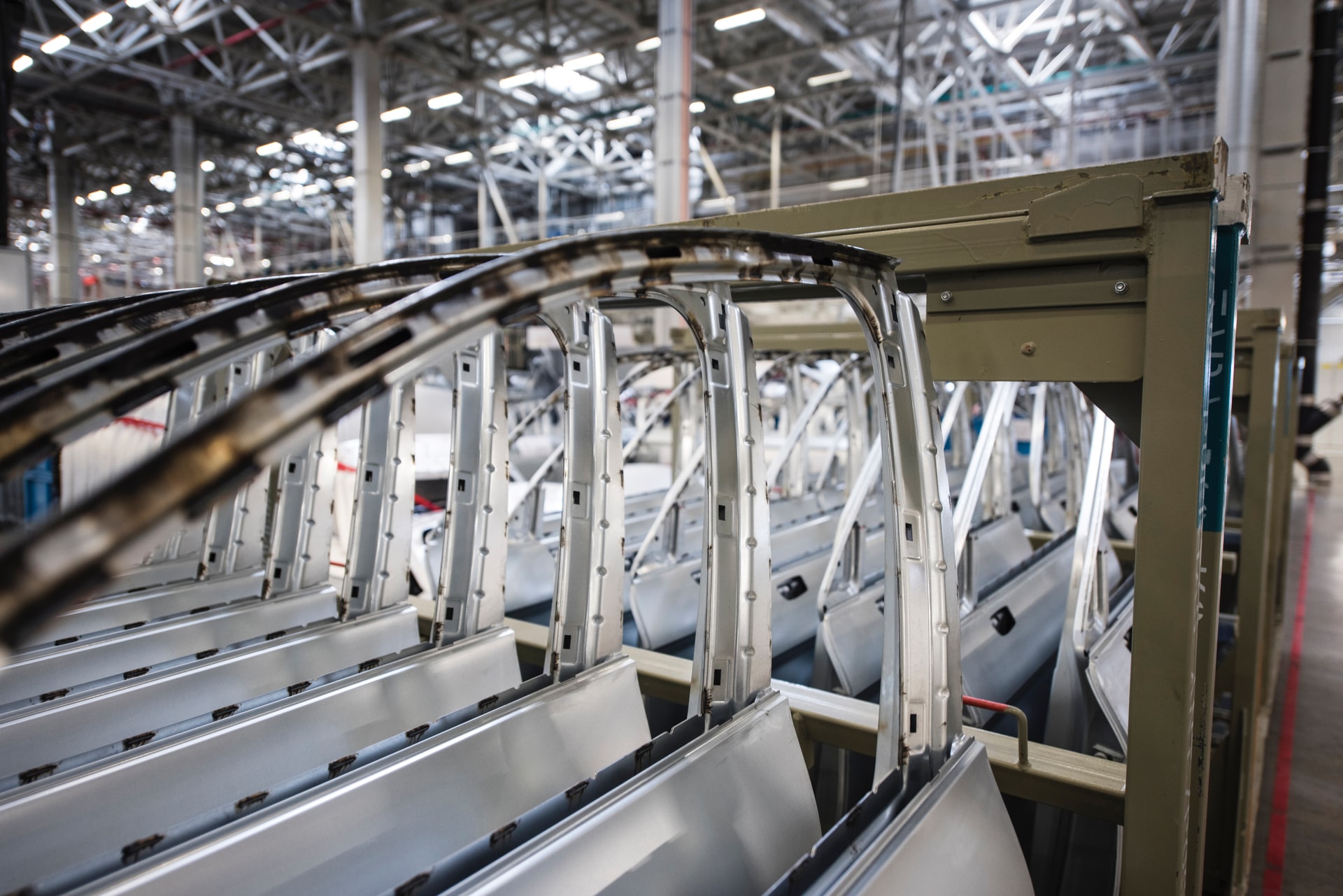Environmental Challenges in the Steel Industry
The steel industry, essential to modern civilization, is grappling with environmental issues such as carbon emissions and waste. Encouragingly, scientists from Max-Planck-Gesellschaft have recently introduced a promising solution: a novel approach to produce “green steel” by repurposing waste, specifically red mud, a persistent issue in aluminum production.
Red Mud: A Growing Environmental Menace
Red mud, a hazardous byproduct of aluminum production, accumulates in massive quantities annually—180 million tonnes, causing environmental harm and claiming extensive land.
Max-Planck’s groundbreaking approach involves tapping into red mud’s latent resource: its iron content. They use the electric arc furnace, a common tool, with a crucial enhancement—a hydrogen plasma torch. Unlike its traditional counterpart, this torch introduces hydrogen into the furnace, converting red mud into molten iron while eliminating unwanted oxides. Surprisingly swift, this process, lasting mere minutes, holds the promise of a cleaner future.
Swift Transformation for a Cleaner Future
The revolutionary solution not only reduces CO2 emissions and eliminates red mud landfills but also presents economic opportunities for steel producers. With vast global red mud reserves, it could meet a significant portion of future steel demand.
Despite its promise, the “green steel from toxic red mud” technology needs further development for industrial use and economic viability. Nevertheless, it offers a vision for a more sustainable steel industry, showcasing human ingenuity and the potential for a greener future.







